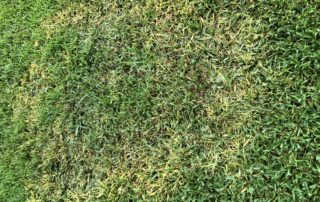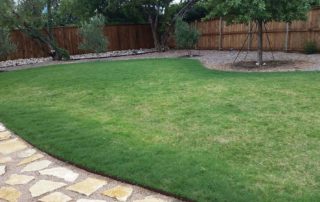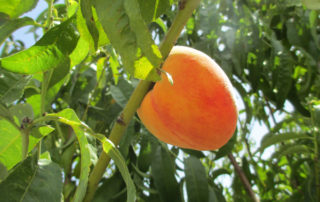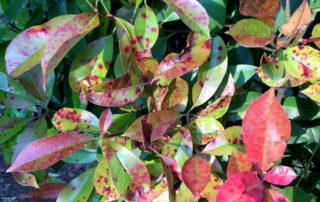Brown Patch on Lawns
Brown Patch is a fungus that shows up in our lawns in the spring and fall, when temperatures begin to cool. Because it needs cool, moist conditions, we do not see brown patch fungus in the summer. If you have had brown patch in your lawn in the past, it is probable that you will see it again once the conditions are right for its development. St. Augustine is most often infected, but Bermuda and Zoysia will become infected under the right conditions. Over-watered and over-fertilized lawns are more susceptible [...]




